
Protective film
- Rolle mit 1200 transparenten Bögen Rolle mit 1200 transpare…

Nous contacter : 01 48 01 32 89

HYGITECH Academy invites you to watch this clinical case on dental implant placement after bone...
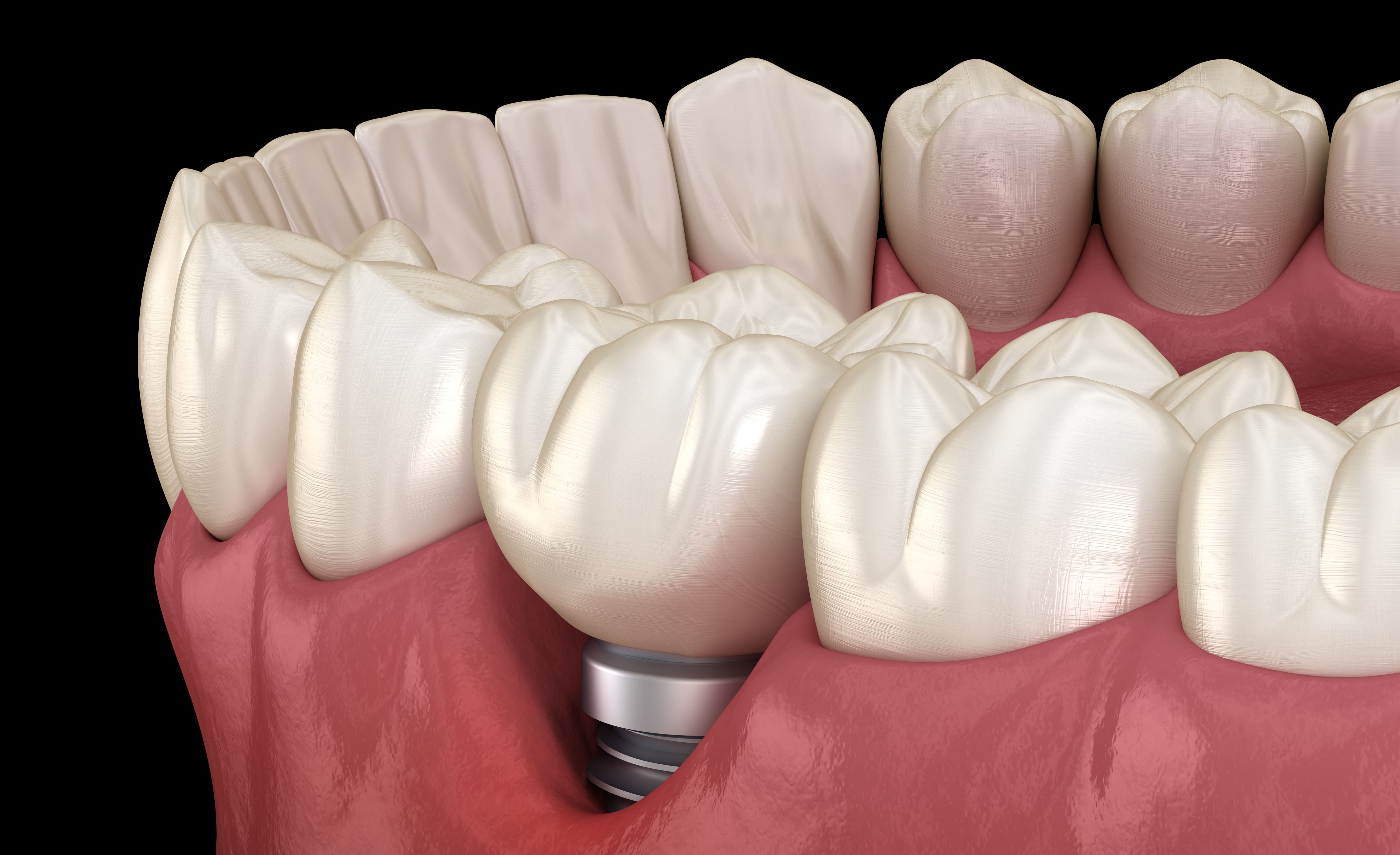
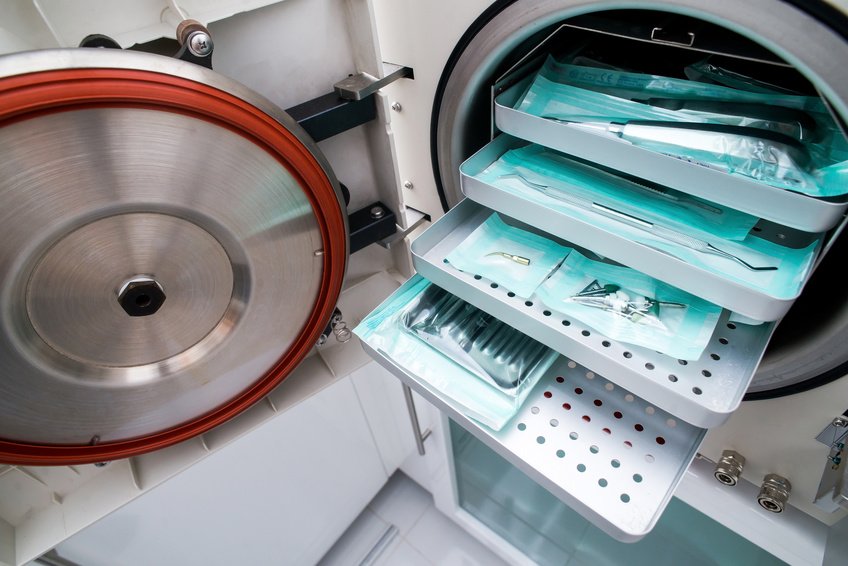
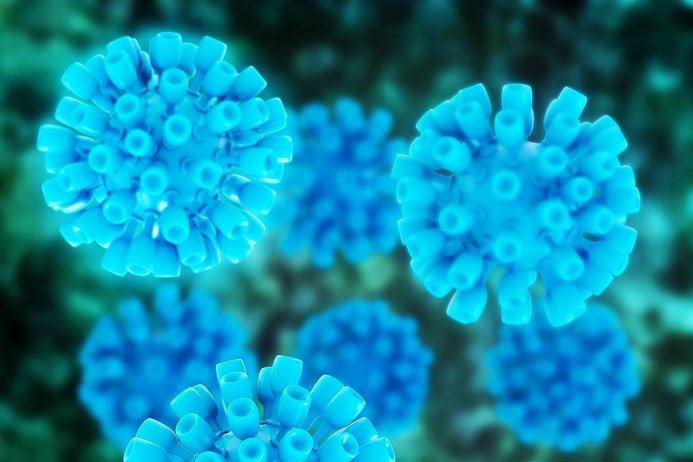
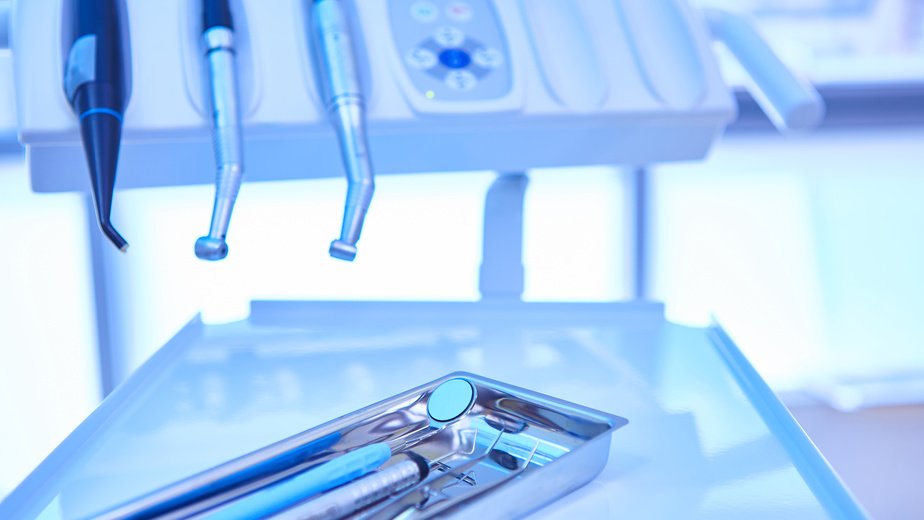
Surface disinfection is a key step in preventing healthcare-associated infections, particularly in dental clinics and surgical rooms dedicated to implantology. Among the most widely used disinfectants, alcohol—especially in the form of ethyl alcohol (ethanol) or isopropyl alcohol—is highly valued for its rapid effectiveness. However, its use requires precise knowledge of its properties, limitations, and official recommendations to ensure optimal disinfection.
Alcohol primarily acts by denaturing proteins, leading to the destruction of cell membranes and lysis of microorganisms. Its spectrum of activity is broad but not complete:
Effective against: vegetative bacteria, mycobacteria (including Mycobacterium tuberculosis), enveloped viruses (e.g., HIV, HBV, HCV), fungi.
Poorly or not effective against: bacterial spores (e.g., Clostridium difficile), some non-enveloped viruses (e.g., norovirus).
Maximum effectiveness is achieved at concentrations between 60% and 80%. Below 50%, alcohol's efficacy drops significantly. Adding water enhances penetration into cell membranes, which is why 70% alcohol is more effective than 95% alcohol.
According to recommendations from the ANSM and CDC, alcohol is indicated for the disinfection of:
Small, clean, non-porous surfaces: countertops, dental units, non-critical medical devices.
Areas with low to moderate contamination risk, outside of final cleaning protocols.
Alcohol should not be used:
On visibly soiled surfaces (blood, saliva, organic material) without prior cleaning,
On large surfaces, as rapid evaporation limits contact time,
On sensitive materials (plastics, rubber, screens) which it may damage.
To ensure effective disinfection:
Clean surfaces beforehand if visibly soiled,
Use an alcohol-based solution between 60% and 80%, ideally ready-to-use,
Respect a minimum contact time of 30 seconds to 1 minute, without immediate wiping,
Wear protective gloves during application,
Never mix alcohol with other chemicals (e.g., bleach) due to the risk of dangerous reactions,
Alcohol is flammable: storage and use must comply with strict safety instructions (sealed containers, keep away from heat sources).
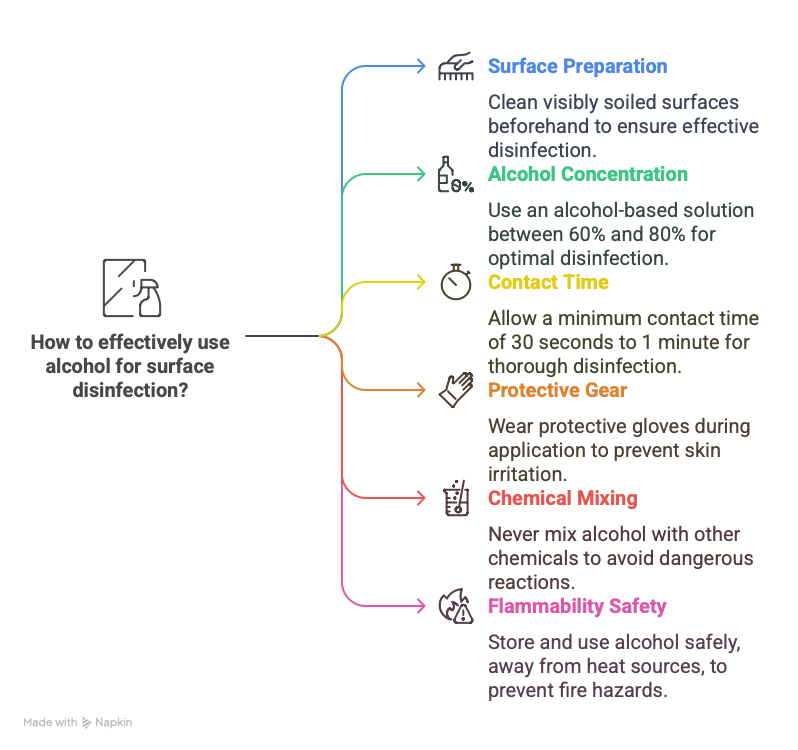
Despite its popularity, alcohol is not a universal solution. It does not provide:
Sporicidal activity,
Residual (long-term) action,
Sufficient effectiveness against biofilms.
In implant surgery contexts, alcohol is often used in combination with broader-spectrum disinfectants (e.g., glutaraldehyde, hydrogen peroxide, quaternary ammonium compounds), depending on the surface and level of risk.
Alcohol remains a reference disinfectant for small, clean surfaces, as part of a comprehensive infection prevention strategy.
Its speed of action and ease of use must be balanced by a clear understanding of its limitations.
A reasoned, guideline-compliant use is essential to ensure safe and effective surface disinfection in the clinical setting.


 Protocol of use - mild soap
Protocol of use - mild soap
 Protocol of use - liquid for cold disinfection
Protocol of use - liquid for cold disinfection
 Protocol of use - alcohol free disinfectant for surfaces
Protocol of use - alcohol free disinfectant for surfaces
 Sterilisation - Recording
Sterilisation - Recording
 Protocol of use - sanitizing gel
Protocol of use - sanitizing gel
